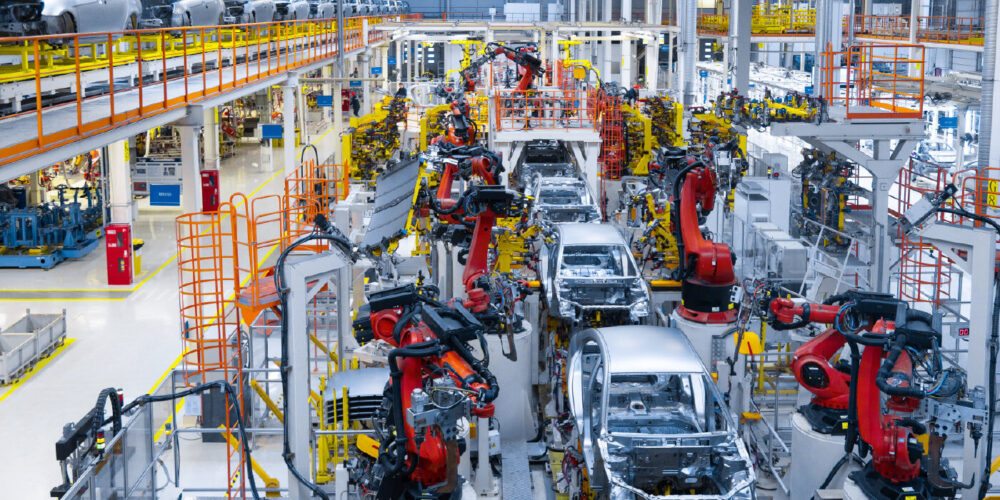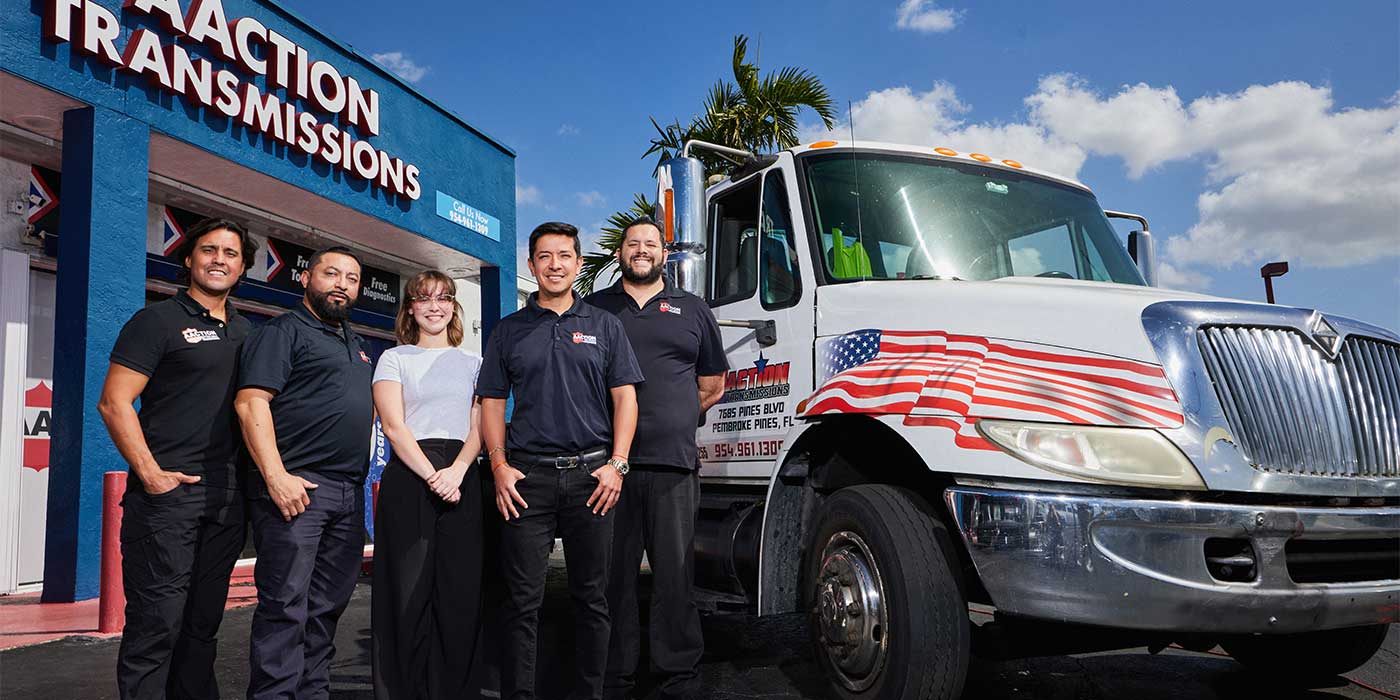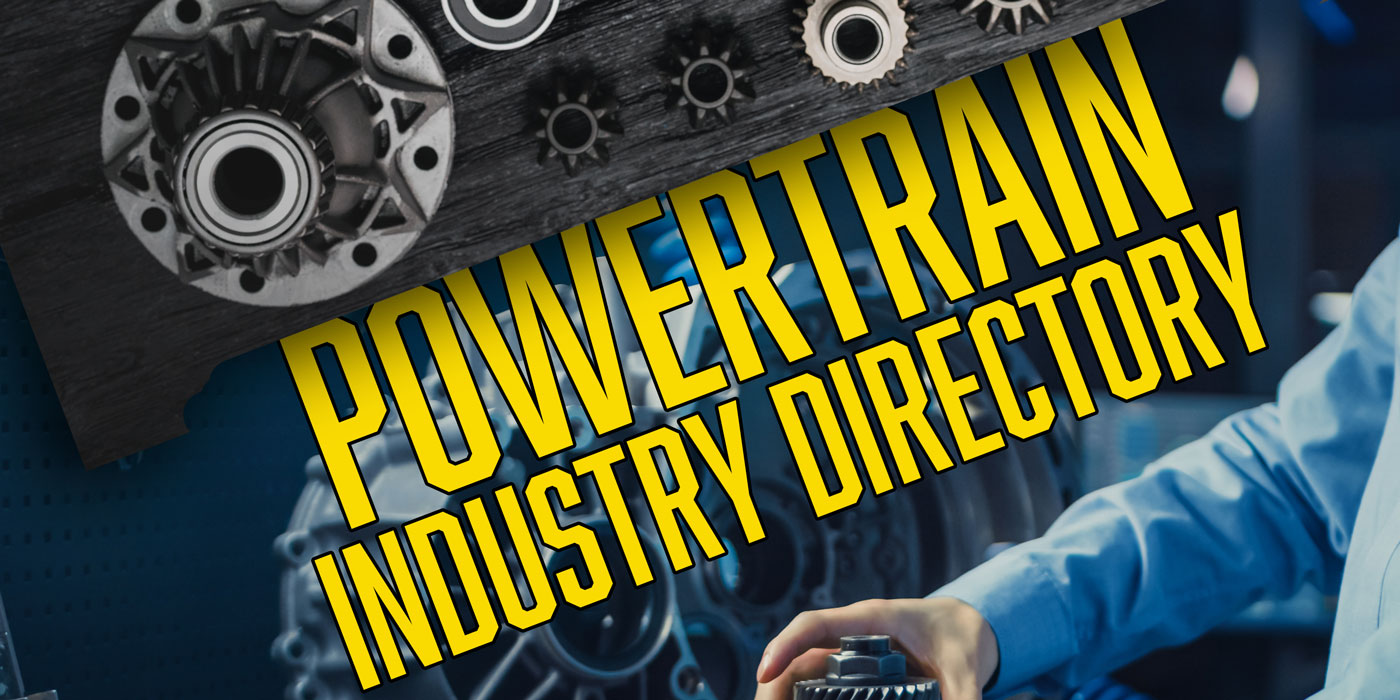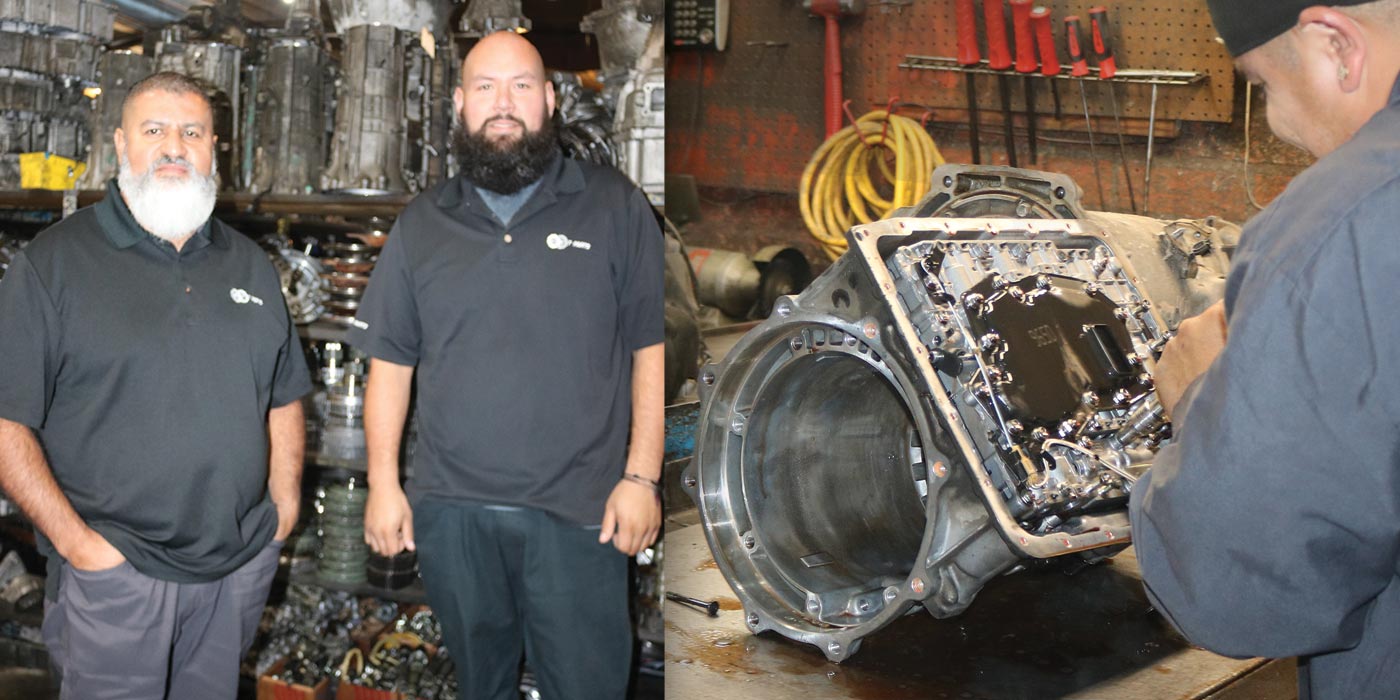We always talk about the average age of a vehicle crossing the 12-year mark. But, I think the more interesting number is the average age of a vehicle that is scrapped. This is a difficult number to obtain due to title laws in the different states, but it has been estimated by some at 22 years. This number also includes vehicles that were lost to crashes.
I began thinking about how much can change in 22 years. It is hard to imagine that vehicles rolling off assembly lines today will be gone in 2045 unless they’re stashed away by a collector, but this type of turnover is a fact of life.
All this got me thinking back to when I was first hired as an associate editor with Brake & Front End magazine. With every passing year, there are fewer cars and trucks needing throttle cables, distributor caps and drum brake shoes. Even if we have lost these service opportunities, we have gained twice as many in the past two decades.
If you told my 26-year-old self in 2000 when I started with Brake & Front End that automakers were going to have sensors that measure live tire pressure as a standard feature, I would not have believed you. At the time, electronic stability control was something that could be found only on a new BMW 7 Series or Mercedes-Benz 600SL models, and only as an option. Now, it has been a government-mandated standard feature.
Other things that are commonplace today would have shocked me back then. Examples of this are the 10,000-mile oil change interval and coolant that can last 125,000 miles. Also, new technologies like ADAS and hybrid drivetrains were just as exotic as a Lamborghini.
Looking forward to the next 22 years, it is clear the pace of change is only going to accelerate. Internal combustion is not going away. Instead, these engines will become turbocharged, direct injected, and get smaller, both in overall size and displacement.
Autonomous vehicles are coming, like it or not. But, fully autonomous vehicles are not coming for at least another 10 years. Sure, the technology to make a fully autonomous vehicle is possible, and such vehicles are being tested on the roads today, but society has yet to fully embrace robot drivers both legally and psychologically.
The big issue over the next 22 years will be serviceability. With all of the fancy sensors and software that make driving safer, what will they look like 22 years from now? Will they still function or will these safety systems be just another malfunction indicator light or message in the driver information center because the driver can’t afford to resolve the problem?
This article was originally posted on our sister site, Shop Owner.














